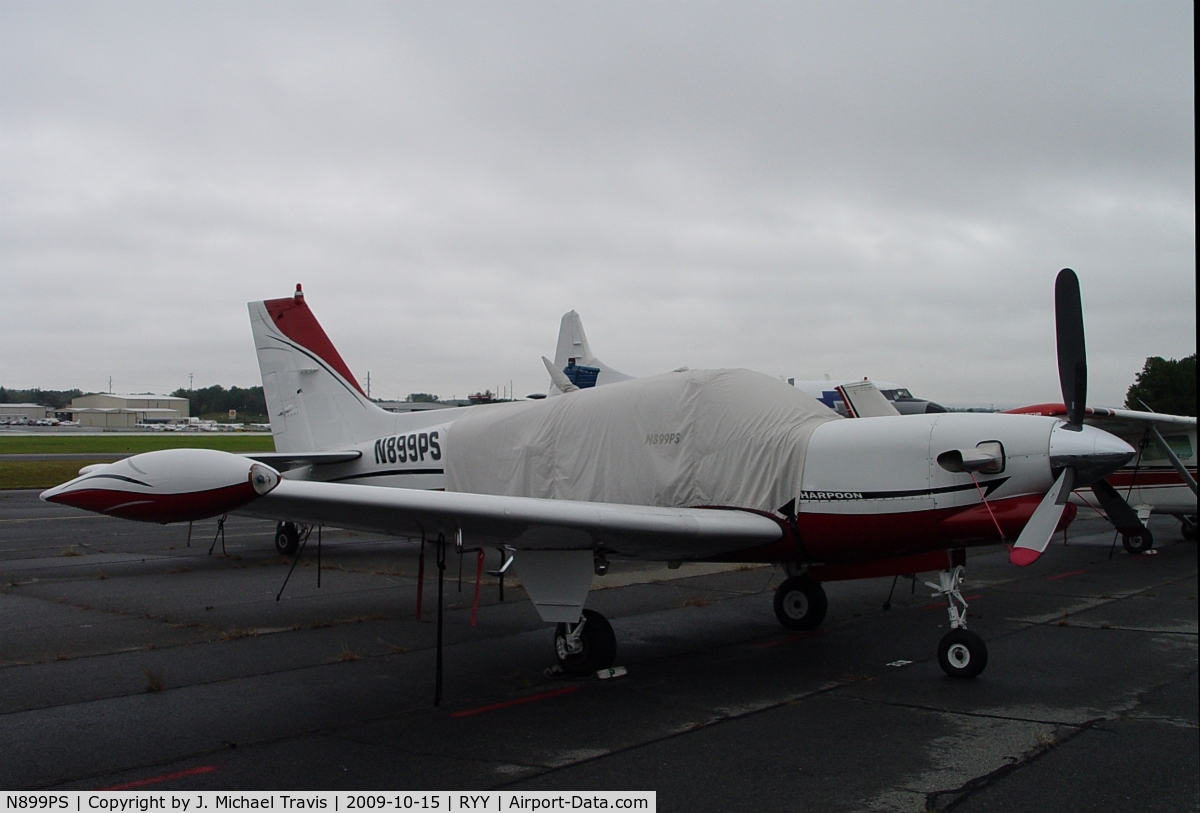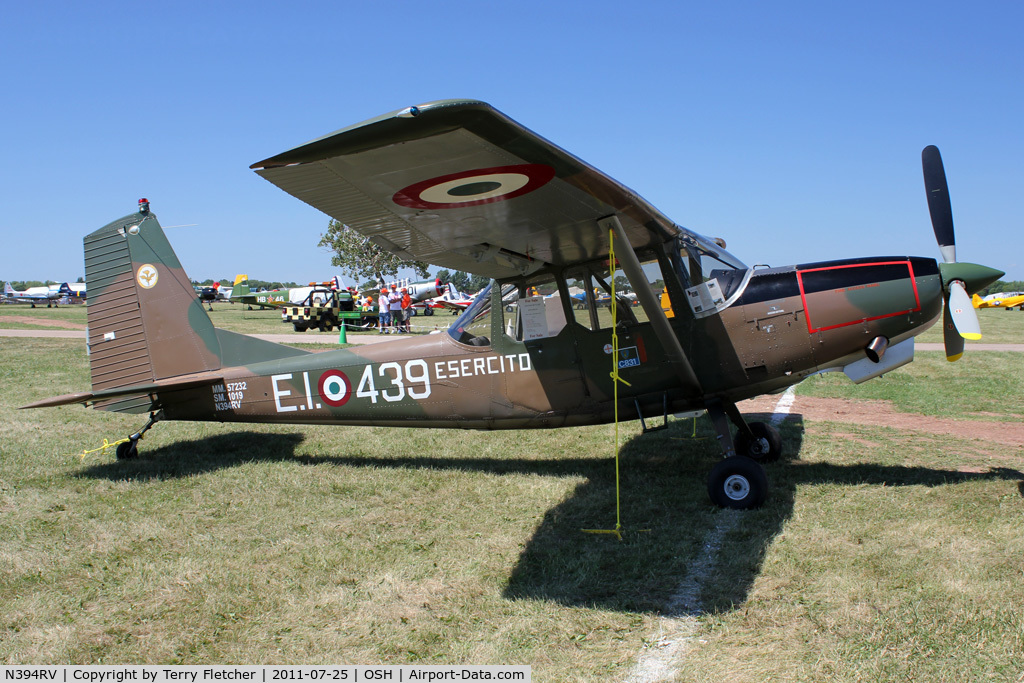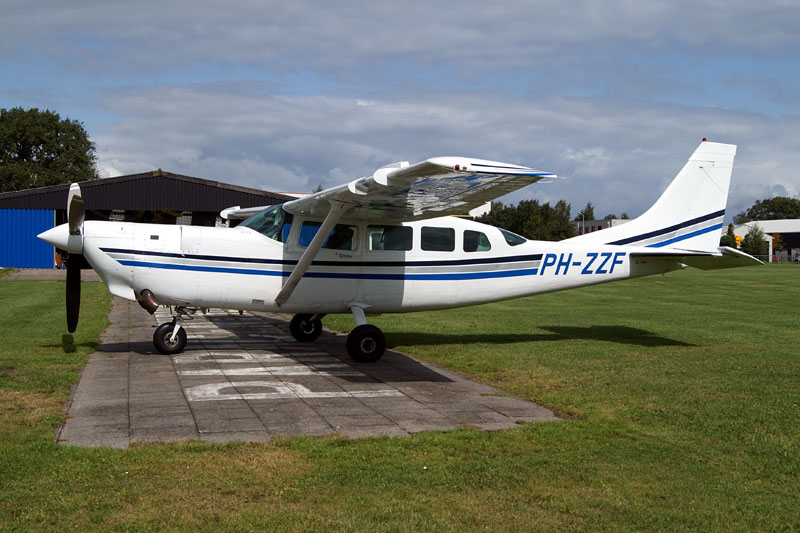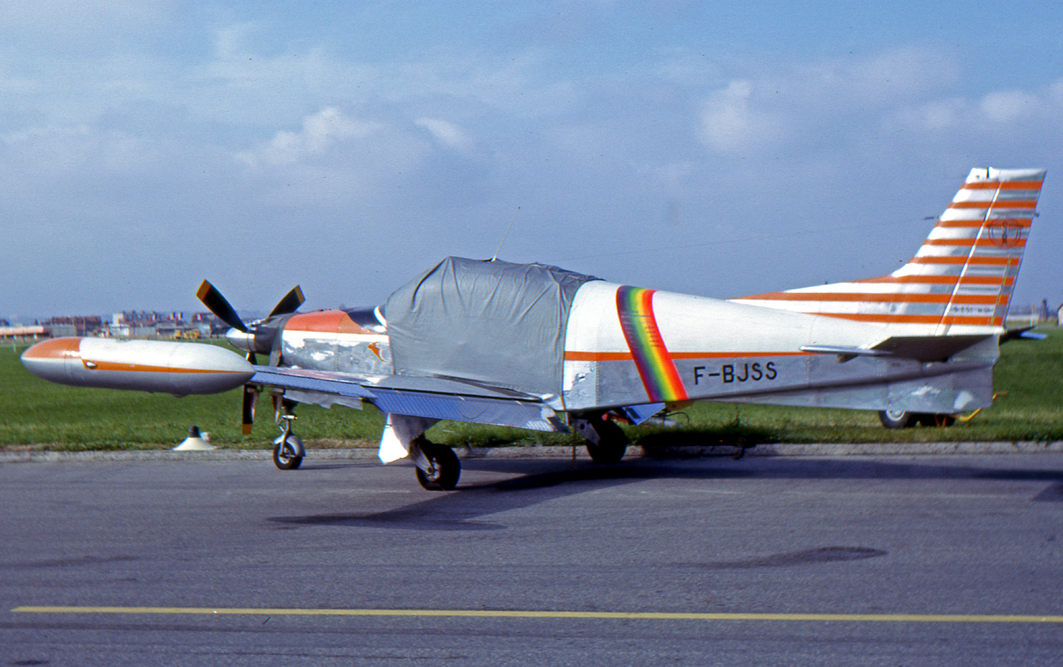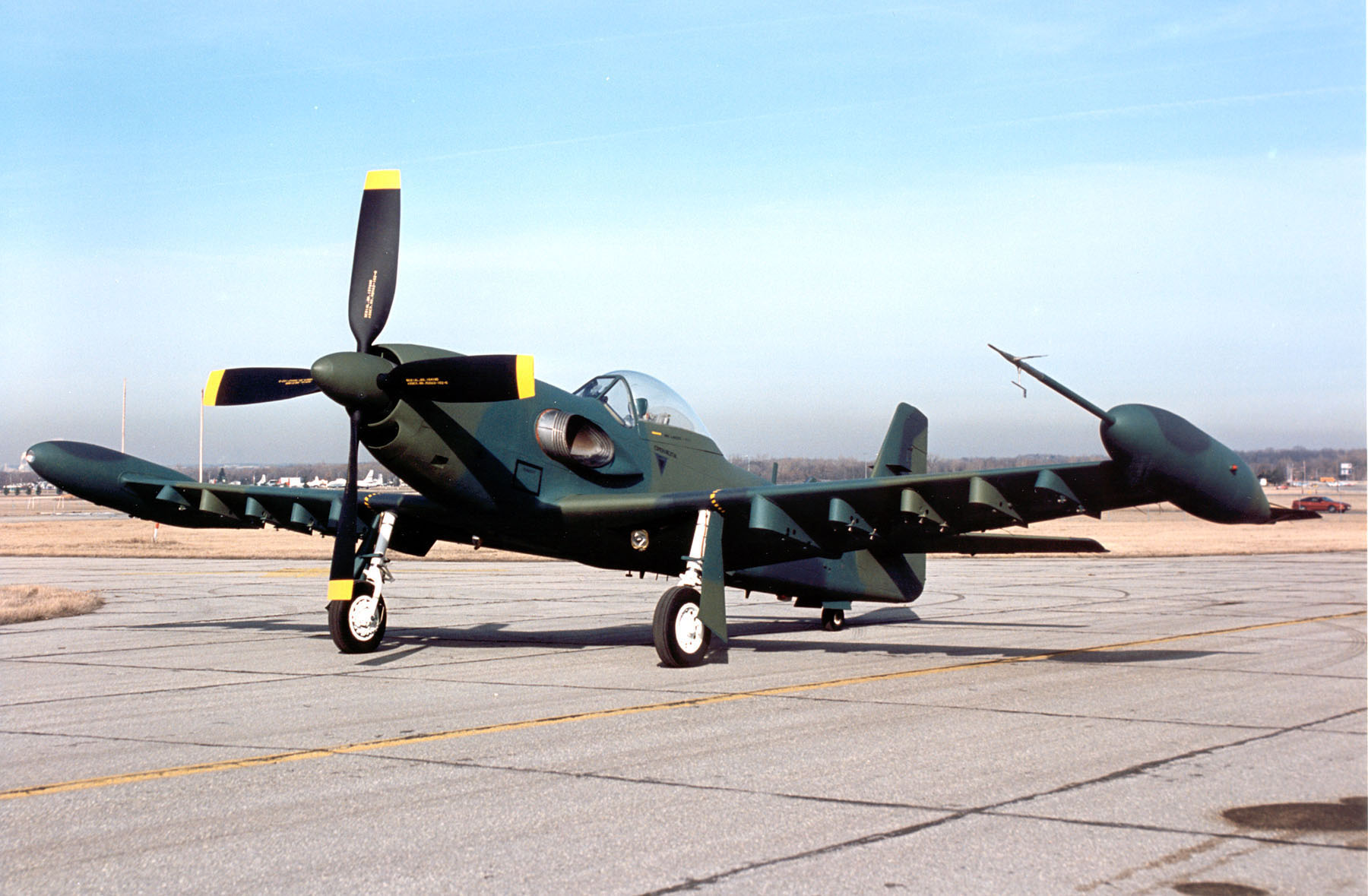stratobee
Cleared for Takeoff
- Joined
- Dec 18, 2011
- Messages
- 1,112
- Display Name
Display name:
stratobee
The aviation business is, if nothing else, consistently conservative. The Spanish inquisition seems like progressive renaissance men compared to the collective pilot community. If it doesn't look exactly like planes have done for 50 years, or comes from some foreign manufacturer, then nobody buys them in the US.
Case in point: Extra 500 from famous aerobatic manufacturer Walter Extra. Cheapest brand new single turbine at $1.6 million. Fully FAA certified, de-iced, roomy, luxurious, 1600nm range and the lowest fuel burn of any of the turbines (19gph economy cruise). With perhaps the most proven turbine this side of the PT6 in the form of the RR250.
I happen to think that the Extra 500 is supercool looking, but I can see how this design might not be to everyone's taste. I love that high wing sleekness - it looks like a bush plane and a business jet all rolled into one. Rugged. But there seems to be a clear preference for low wings when people buy aircraft and especially turbines. Still - not a single one on the US registry? How is this possible when TBM's, PC12, Jetprops, Meridians all cost more? I don't get it.

Not a single US one on the registry. That's Walter Extra himself by the controls, BTW.

I think they look real cool, but I can see why they might not be to everyone's taste.

Rumor was they were going to build them here in the US for the US market (in Montrose), but I don't know if that ever happened.

I hope to see a US registered one someday at some airfield.
Case in point: Extra 500 from famous aerobatic manufacturer Walter Extra. Cheapest brand new single turbine at $1.6 million. Fully FAA certified, de-iced, roomy, luxurious, 1600nm range and the lowest fuel burn of any of the turbines (19gph economy cruise). With perhaps the most proven turbine this side of the PT6 in the form of the RR250.
I happen to think that the Extra 500 is supercool looking, but I can see how this design might not be to everyone's taste. I love that high wing sleekness - it looks like a bush plane and a business jet all rolled into one. Rugged. But there seems to be a clear preference for low wings when people buy aircraft and especially turbines. Still - not a single one on the US registry? How is this possible when TBM's, PC12, Jetprops, Meridians all cost more? I don't get it.
Not a single US one on the registry. That's Walter Extra himself by the controls, BTW.

I think they look real cool, but I can see why they might not be to everyone's taste.

Rumor was they were going to build them here in the US for the US market (in Montrose), but I don't know if that ever happened.

I hope to see a US registered one someday at some airfield.

